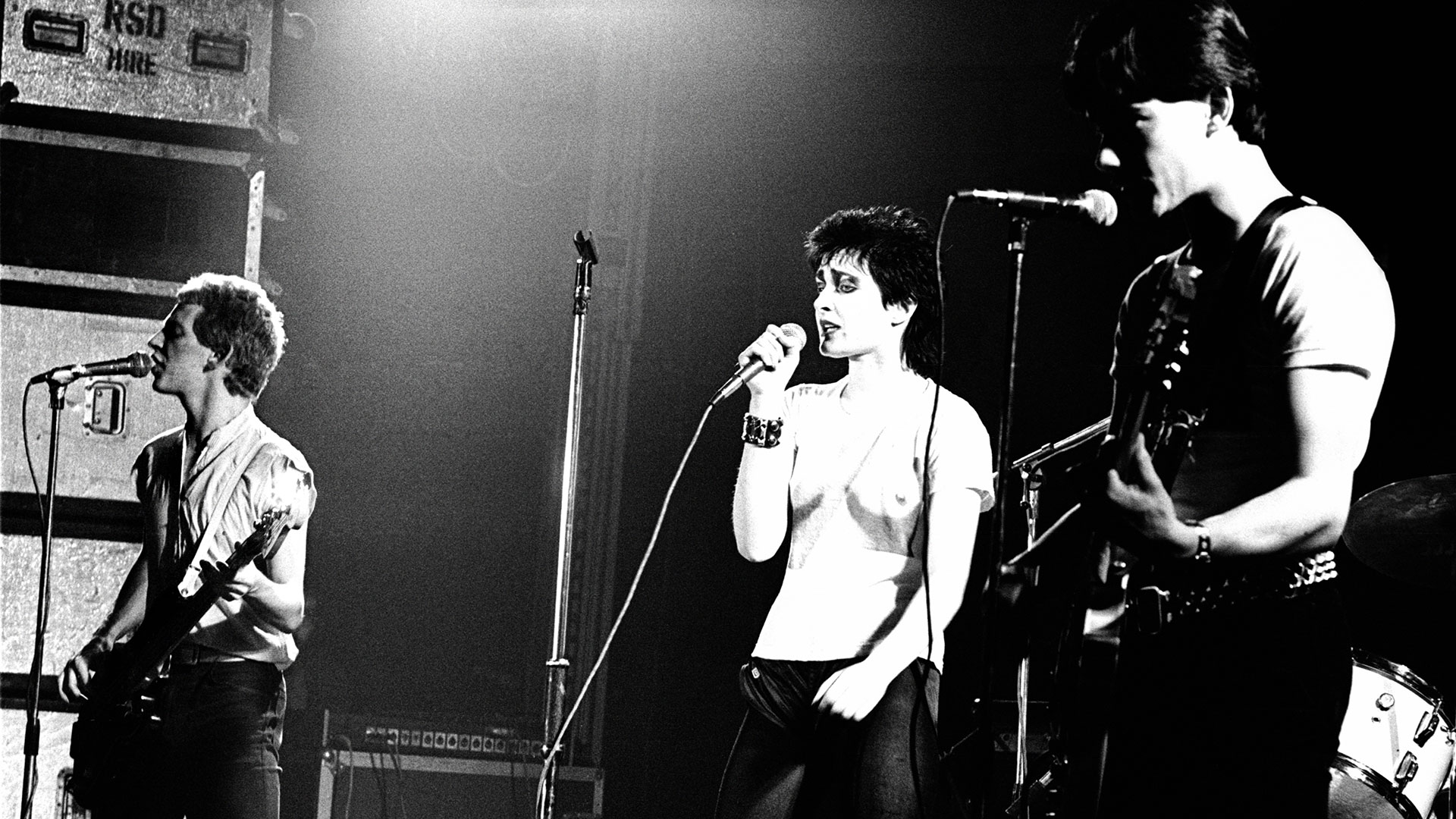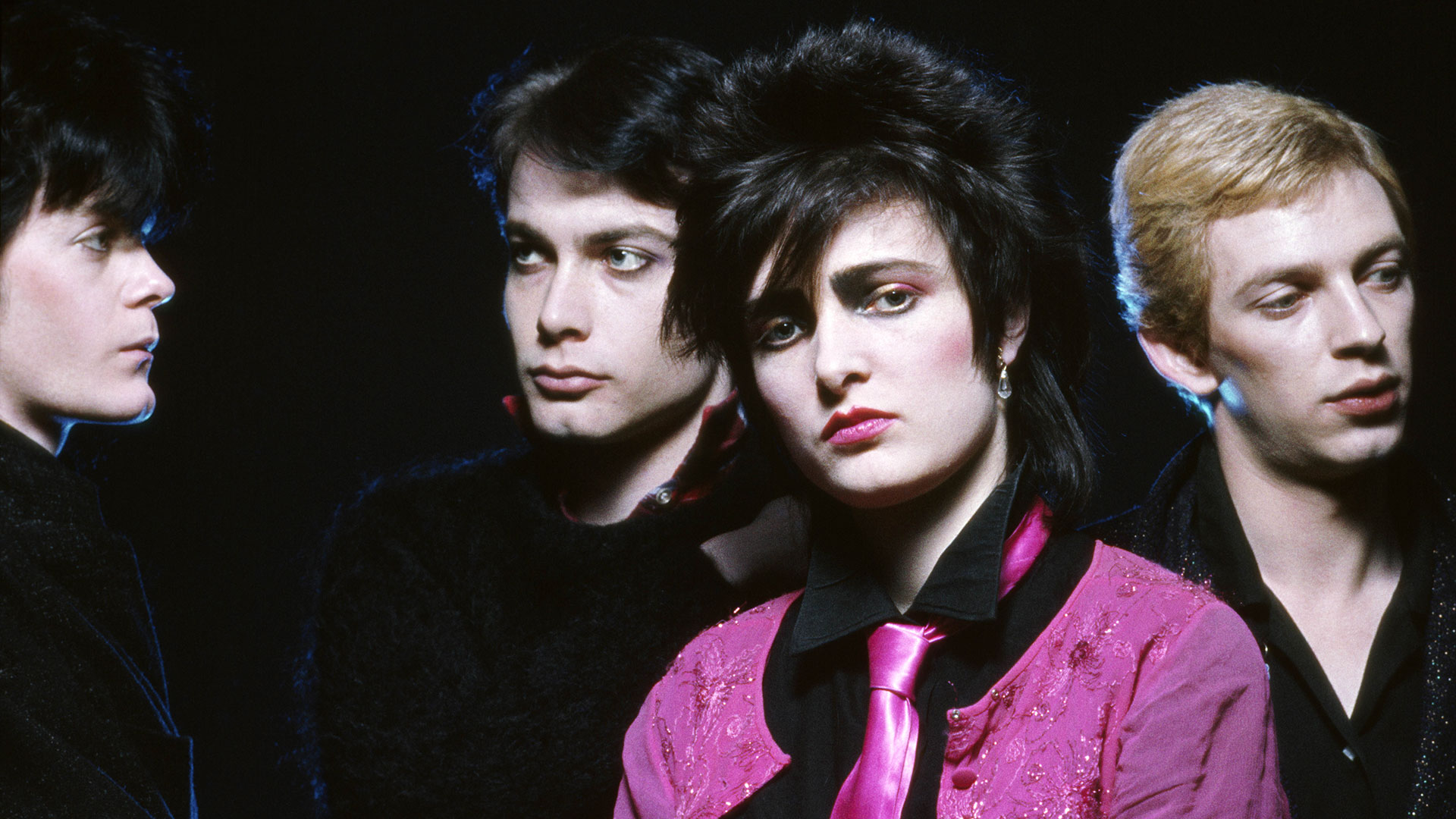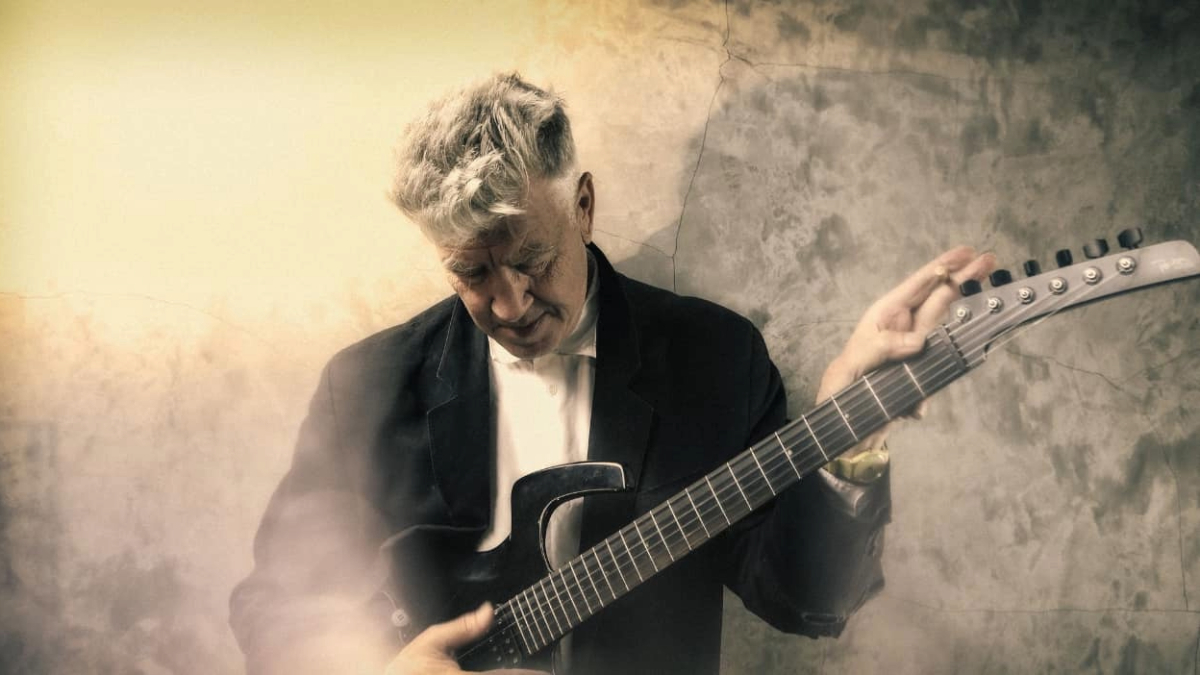“Siouxsie tried out her newfound kung fu on me and barged me in the back. That was enough – I walked out and Kenny came with me”: A brawl ended John McKay’s tenure with Siouxsie and the Banshees, but not his influence on a generation of players
A two-year stint left McKay with fans including the Edge, Robert Smith and Geordie Walker, plus a stack of demo tapes that he’s finally turned into an album

A master innovator who gained merit from guitar greats including the Edge to Robert Smith, John McKay embarked on his post-punk career after a friend convinced him to ditch his paintbrush, leading him into a two-year tango with Siouxsie and the Banshees.
“It was obvious I wasn’t going into a degree course in art,” he says. “I was thinking, ‘What the hell am I going to do?’ For this to appear out of nowhere was perfect.”
He’s heard on the Banshees’ 1978 debut single Hong Kong Garden, which has since been listed one of the 100 Greatest Guitar Tracks Ever by Q magazine. But as with many bands, tensions ran high. An incident amid a record shop appearance involving Siouxsie Sioux’s kung fu skills led to McKay’s departure, along with drummer Kenny Moriss, on the day of release for the band’s second album Join Hands.
“It was crazy,” McKay recalls. “We were very hit up. We went to a coffee shop, shaking, and said, ‘That’s it.’ We packed up at the hotel and left.”
Can you remember your first emotional connection to guitar?
“Django Reinhardt. I was fascinated by not only the album cover, but also what was inside. The syncopated rhythms, background guitars and his runs were just incredible – especially when I found out he had two fingers fused together!”
Have you been playing since you were a teenager?
All the latest guitar news, interviews, lessons, reviews, deals and more, direct to your inbox!
“I had an abortive attempt. My stepfather played a nylon-strung, but I didn’t like it. I lasted two classical lessons, took the guitar back to the shop and thought, ‘I don’t think I’m a guitarist.’
“My uncle left behind a Hofner President – a really nice archtop f-hole jazz guitar – when he migrated to Australia in the late 60s. It was stored in the loft; the neck was bent and you couldn’t straighten it. But I fell in love at first sight, which started me off.”
Who were your musical influences?
“I found 1969: The Velvet Underground Live very helpful because it demystified the Velvets. It’s very basic, but I think a little bit of that crept into the end part of Hong Kong Garden.
“The album that really convinced me was Marquee Moon by Television – I learned punk could exceed one, two, three, four barre chords. That really was a lightning bolt. But I didn’t sit down and learn it; I just absorbed it.”
You joined Siouxsie and the Banshees in July 1977. How were you introduced to the band?
“I saw them at the Music Market [now KOKO] in London with a friend from art college who knew them. The guitarist was about to be kicked out. I liked what I saw and could see why that guitarist wasn’t their thing, although he wrote them a lot of good songs.

“My friend listened to some tapes I’d done at home and tried to convince me to apply. He said, ‘The worst that could happen is you’d get a few new friends!’ I learnt all the songs from a tape Kenny sent.
“I went to their rehearsal in Putney, and I played straight through the set. Siouxsie said, ‘You’re in!’ We went on to play three gigs within the next few days. I was extremely happy.”
Once Robert Smith had played in the Banshees and played my songs, he started to sound very different. The Cure became the Banshees mark two
What guitars did you use d?
“I started off with a Hagstrom Viking – the first electric I ever bought. I played that until I could afford a Gibson Les Paul. I still have a Les Paul but they’re so heavy that, getting to my age, my shoulders can’t take it anymore. So I’ve gone back to Hagstroms.”
How did you create your signature sound?
“I tried out the Bell Electrolabs Flanger, but I couldn’t afford one. I asked for an MXR Flanger just before recording the album, and was accused of using that on everything – which I didn’t. But it was the only pedal I used.
“I never got round to tunings. The fact I didn’t copy other people meant that I found my own way around guitar. When I was a kid, I learned to pick out melodies using two strings because my fingers wouldn’t go across the fretboard. I’ve actually continued to do that. The intro and riff in Hong Kong Garden dates back to that.
“I wasn’t the sort of guitarist that sat down and played along with other people’s music. I didn’t learn other people’s songs; I went on my own way.”
Can you remember any big names you played with during the Banshees?
“We had the Human League as support and Spizzenergi. I don’t know if it was Spizzenergi back in those days; they went through a lot of different names. The Human League were brilliant, but nothing like us, which was good for the audience the bands. And the Cure, of course.”
How was that?
“Once Robert Smith had played in the Banshees and played my songs, he started to sound very different. The Cure became the Banshees mark two, I think. They were an unusual band at the time, and he was a clever musician, you could see that; but they changed a lot.”
The Edge, Kevin Shields, Geordie Walker, Thurston Moore, Steve Albini and more have all cited your era of the Banshees as an influence. Do you feel you’ve had the recognition you deserve?
“I don’t know if I deserve any recognition, really! I was there, then I wasn’t. I don’t expect a pat on the back for doing it. I’m surprised how many people I influenced – but they were all looking for a different path and so was I. I gave them a pointer. But it means I’ve got a lot of people I can listen to and enjoy!”
Your departure from Siouxsie and the Banshees sounded like a spur-of-the-moment decision. Had you been having thoughts about leaving prior to this?
No one person was responsible; I can’t really regret it. It was a build up between different characters
“There were various wedges driven between us, partly because of management. The last couple of weeks were bad, culminating in the gear not getting to Northern Ireland for the Belfast gig. The gig should have been cancelled – there was no proper lighting or backdrop and we borrowed the Cure’s gear. It was the first gig of the biggest tour we’d ever done; it was just a joke.
“The audience were disappointed and we definitely were. It was the last thing our morale needed. It was just ready to blow. I didn’t want to stop being a guitar player; I was in a really good position with a record contract and a band that I appreciated artistically.

“Then Siouxsie tried out her newfound kung fu on me and barged me in the back [before a scheduled show at Aberdeen’s Capitol Theatre]. That was enough – I walked out and Kenny came with me. The few months after were crazy as well.
“We didn’t want to go home because we knew they’d come to our house – and they did. We stayed with friends around London and Somerset and kept out of the way. It became sad when we had time to think about it.”
Did you ever patch things up with Siouxsie?
“Kind of. When my late wife Linda and I got married we stayed in the Lake District; we met Siouxsie and Budgie there by coincidence. Linda said, ‘I’m going to ask her about the publishing money.’ We hadn’t been getting any. There was a long conversation about that.
“They actually offered to be our witnesses, but we already had people. So that did break the ice. But I can’t say we’re bosom buddies – even now.”
Do you have any regrets leaving?
“No one person was responsible; I can’t really regret it. It was a build up between different characters, and that wasn’t helped by Neil, the manager, being absolutely despotic with Siouxsie.”
You’ve recently released a new album: Sixes and Sevens.
“Polydor knew having us all on the same label was a non-starter. They game me some studio time to keep me busy. When Polydor dropped us we went to PolyGram and recorded a few songs. Linda and I went round record companies and the occasional one would let us make a demo, which built up these tracks over a decade.
“They were all cassettes, not master tapes, but it seemed a waste that no one had heard them. It’s funny how well it all sits together because they’re all different studios, different times and different producers. I’m really pleased they’re out and I hope people like them.”
- Sixes and Sevens in out now via Tiny Global.
Naomi Baker is a contributing freelance music journalist for GuitarWorld.com. After interviewing the legendary Mick Wall for her dissertation on rock journalism’s evolution, she now pursues her passions for writing and rock music. Naomi plays guitar and bass and loves nothing more than scrutinizing artists who heavily shaped and paved the ways of rock. She revisits music played extensively throughout her childhood daily, with acts like Thin Lizzy, The Darkness and Queens of the Stone Age top of the list.
You must confirm your public display name before commenting
Please logout and then login again, you will then be prompted to enter your display name.





